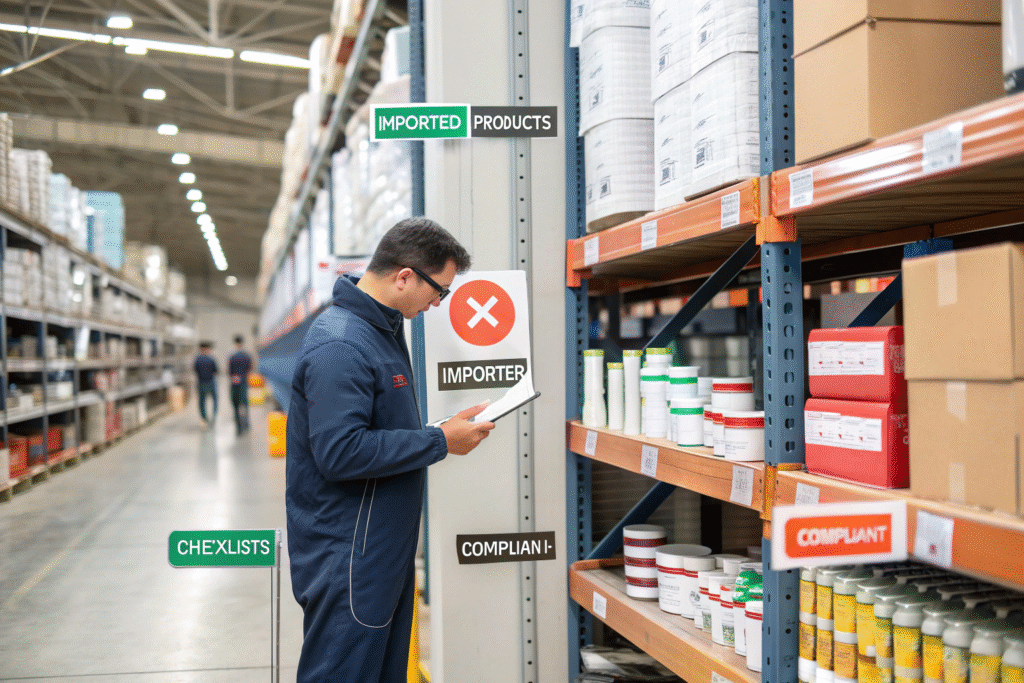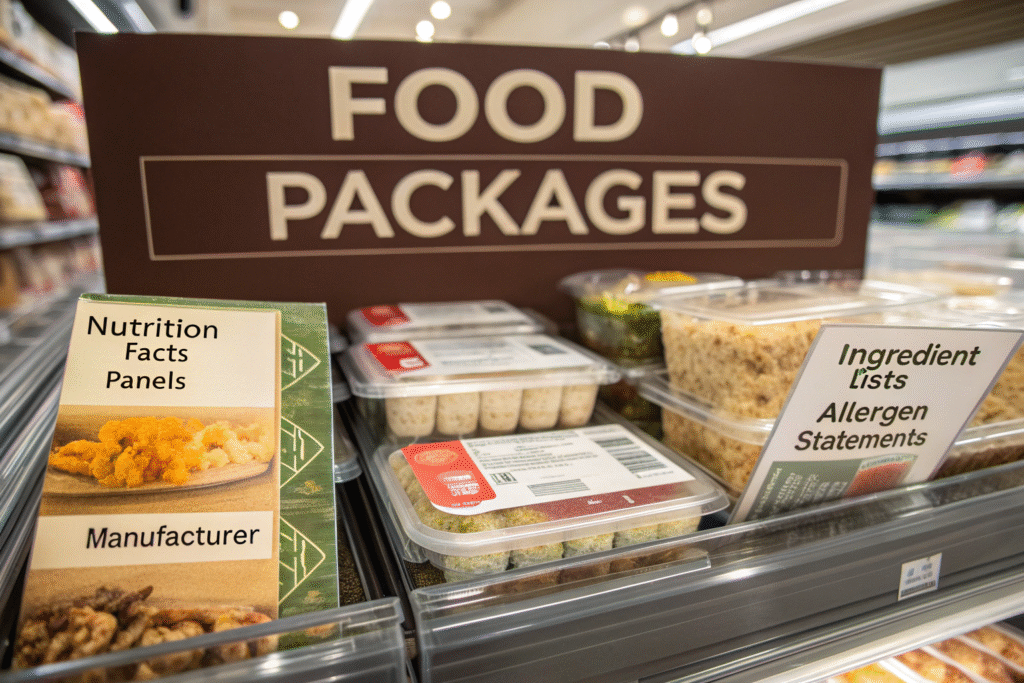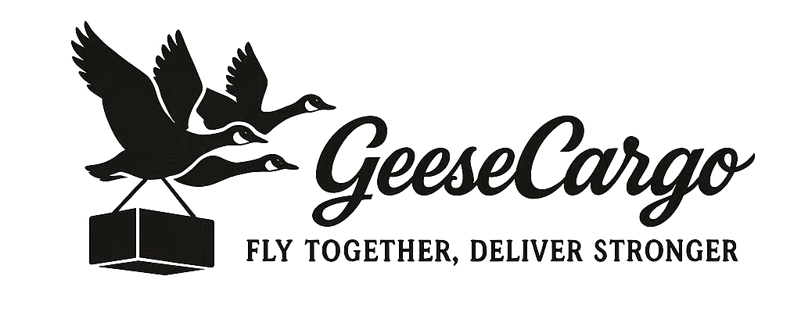Last month, one of our clients faced a $28,000 penalty and shipment rejection due to incorrect country of origin labeling. As founder of GeeseCargo with over a decade of experience, I've seen how labeling mistakes can derail entire shipments. Proper labeling isn't just bureaucratic paperwork—it's a crucial component of successful importation that protects both your business and consumers.
US labeling requirements vary by product category but generally include country of origin marking, fiber content for textiles, safety warnings, and importer identification. Specific industries like food, electronics, and children's products face additional stringent regulations enforced by multiple agencies including CPSC, FDA, and FTC.
Understanding labeling requirements before shipment prevents costly delays, seizures, and penalties. The rules may seem complex, but they follow logical patterns once you understand the regulatory framework. Let's examine the key requirements across major product categories.
What Are the General Labeling Requirements for All Imported Goods?
All products entering the United States must comply with fundamental labeling rules regardless of category. These requirements form the foundation upon which product-specific regulations build.

How Must Country of Origin Be Marked?
Every imported product must clearly indicate its country of origin to the ultimate purchaser. The marking must be legible, permanent, and located in a conspicuous place. "Made in China" represents the most common designation, but the rules specify exact formatting requirements.
The marking must survive normal distribution handling and remain visible until reaching the final consumer. For goods in containers, the container itself typically requires marking unless the individual products inside are properly marked. Certain products have specific placement requirements, like textiles requiring neck labels.
Exceptions exist for articles that cannot be marked practically or where marking would damage the product. However, these exceptions require special approval and alternative labeling through hangtags or packaging. The burden of proof for exceptions falls on the importer.
What Importer Identification Information Is Required?
Import regulations require the importer of record's name and address to appear on import documentation and often on the product itself. This information identifies who is responsible for compliance and serves as contact point for regulators.
For most products, the importer information must include company name, city, state, and zip code. The street address is optional unless required by specific product regulations. The information must be in English and readily accessible to consumers.
Some retailers prefer their distribution center addresses rather than corporate offices. Either approach satisfies requirements as long as the location can receive regulatory communications and responsibility acknowledgments.
What Are the Specific Requirements for Textile and Apparel Products?
Textile and apparel imports face some of the most detailed and strictly enforced labeling requirements. These regulations protect consumers and ensure fair competition through standardized disclosure.

What Fiber Content Information Must Appear?
Textile identification regulations require complete fiber composition disclosure by percentage weight. Fibers present at 5% or more must be listed individually, while those below 5% may be designated as "other fiber" unless they have functional significance.
The label must use generic fiber names rather than trademarked terms—"polyester" instead of specific brand names. Fibers must be listed in descending order of predominance by weight. Regulatory agencies provide detailed guidance on proper terminology and formatting.
Trimmings and ornamentation have separate rules, with certain exemptions for minor decorative elements. However, any fiber comprising over 15% of the total weight must be included in the main fiber content declaration regardless of its location on the product.
How Should Care Instructions Be Formatted?
Care labeling rules require permanent instructions that educate consumers on proper maintenance. Care labeling standards mandate that instructions cover washing, bleaching, drying, ironing, and warnings when needed.
Instructions must follow a specific sequence: washing, bleaching, drying, ironing, and warnings. Symbols may supplement but not replace written instructions unless the symbols are widely recognized. The labels must withstand the product's useful life and remain attached until purchase.
Manufacturers must verify that their care instructions will not damage the product when followed correctly. Inaccurate care instructions that lead to product damage represent a violation subject to enforcement action and consumer redress.
What Additional Requirements Apply to Food and Beverage Products?
Food labeling represents one of the most regulated areas, with requirements designed to protect consumer health and prevent deception. The food and drug administration oversees most food labeling through detailed regulations.

What Must Appear on the Principal Display Panel?
Nutrition labeling regulations require specific information on the principal display panel, including the product identity and net quantity. The product name must accurately describe the food, while the net quantity must appear in both metric and US customary units.
The principal display panel must feature the statement of identity and net quantity declaration in specific type sizes based on package size. The net quantity must declare weight, volume, or count as appropriate and appear in the bottom 30% of the panel.
Imported foods must also include the name and address of the manufacturer, packer, or distributor. The label must indicate the country of origin unless another designation like "Distributed by" appears before the US address.
How Should Allergen Information Be Displayed?
Food allergen regulations require clear disclosure of major food allergens. These include milk, eggs, fish, shellfish, tree nuts, peanuts, wheat, and soybeans, which account for most food allergies.
Allergens must be declared using their common or usual name in the ingredient list or through a separate "Contains" statement immediately following the ingredients. The allergen declaration must be in type size at least as large as the ingredient list.
Advisory labeling for potential cross-contact remains voluntary but commonly appears as "May contain" or "Processed in a facility that also processes." While not mandatory, many manufacturers include these warnings to manage liability and protect sensitive consumers.
What Special Rules Apply to Electronics and Children's Products?
Certain product categories face enhanced labeling requirements due to safety concerns or technical specifications. These additional rules supplement the general labeling framework with category-specific disclosures.

What Certification Marks Must Electronics Display?
Electronics typically require certification labels indicating compliance with electromagnetic emissions standards. The specific marking depends on the authorization procedure, with identification numbers required for devices subject to certification.
Many electronic products must also display safety certification marks, though these are often voluntary for market acceptance. Voltage, power consumption, and other technical specifications must appear permanently on the product or its nameplate.
Importers must maintain test documentation supporting any certification marks displayed. Product safety commissions may request this documentation to verify compliance with applicable safety standards.
How Should Children's Product Warnings Be Formatted?
Children's products require specific warning labels about choking hazards, strangulation risks, and other age-specific dangers. The warnings must be prominent and understandable to the product's intended purchaser, typically parents or caregivers.
For small parts hazards, the label must state the specific risk and appropriate age restrictions. Child safety regulations mandate specific language and formatting for choking hazard warnings, including signal words and pictograms when appropriate.
Tracking labels must appear on all children's products, including source information enabling manufacturers and consumers to determine basic production details. These labels facilitate recalls and safety notifications when necessary.
Conclusion
US labeling requirements form a complex but navigable framework when approached systematically. The most successful importers integrate labeling compliance into their product development process rather than treating it as a last-minute consideration. By understanding both the general requirements and category-specific rules, you can avoid the costly delays and penalties that plague unprepared importers.
At GeeseCargo, we've developed a comprehensive labeling checklist that has helped hundreds of clients achieve first-time customs clearance. Remember that labeling represents your first communication with both regulators and consumers—getting it right builds trust while getting it wrong creates immediate barriers to market entry.
Start by thoroughly reviewing the requirements for your specific product categories, then implement quality control processes to verify compliance before shipment. When in doubt, consult with experts or request pre-import rulings from relevant agencies. With proper preparation, labeling compliance becomes a competitive advantage rather than a regulatory burden.









